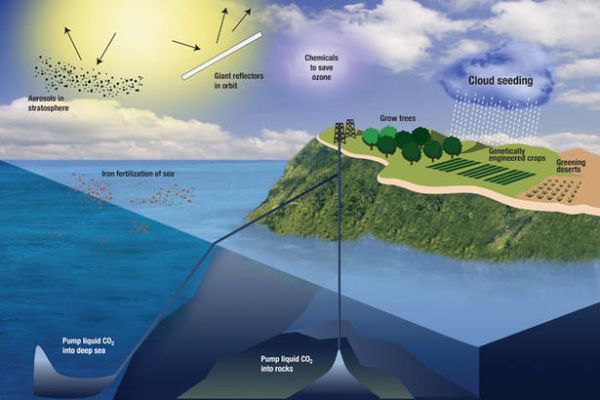
The National Academy of Sciences defines geoengineering as options involving large-scale engineering of our environment in order to combat or counteract the effects of changes in atmospheric chemistry. As reported in another research, geoengineering technologies can be broadly classified into two sections, carbon dioxide removal and solar radiation management. Although there is no wonder pill to kill the global warming, however given below are the ten most tantalizing proposals and technologies, which will hold you spellbound. Let’s wait and watch which among these becomes a reality and widely adopted for keeping our earth cool and green.
Arctic geoengineering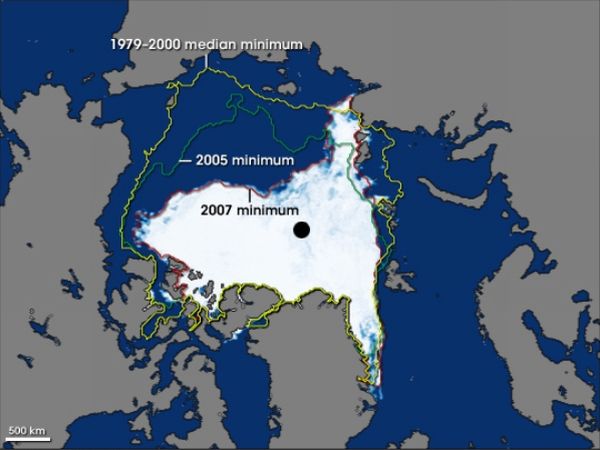
This is a type of hydrological geoengineering with an object to alter the climate by technologically reducing the Arctic Sea ice loss as the Arctic ice keeps methane (a greenhouse gas) in permafrost stage.
Copy a Volcano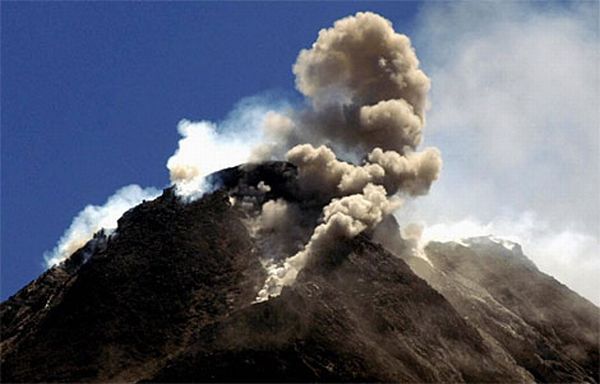
This involves seeding the atmosphere with sulfur, particularly hydrogen sulfide or sulfur dioxide with a view to block some of the sun’s radiation, thereby cooling the planet to some extent. As per environment scientist Alan Robock of Rutgers University, Sulfur dioxide reacts with water to form sulfuric acid droplets which scatters the sun’s light back out into space. This is like copying a volcano, which pumps millions of tons of sulfur into the atmosphere, with the aid of aircraft, balloons, or artillery.
Shoot Mirrors Into Space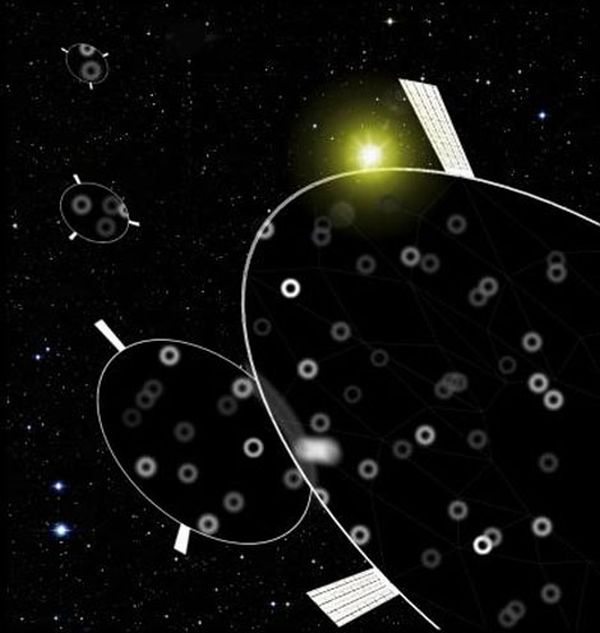
This involves deflecting sunlight by using a huge mirror and strategically positioning it between the planet and the sun. As this seems impractical, there’s another route as suggested by Roger Angel, researcher and optics expert from University of Arizona, which involves using trillions of tiny mirrors.
Seed the Sea with Iron
The key here lies in stimulating the growth of Phytoplankton, which dwells near the sea-surface. As per the oceanographer John Martin’s “iron hypothesis”, global warming could be controlled and even reversed by pumping iron into sea and stimulating growth of phytoplankton.
Whiten the Clouds with Wind-Powered Ships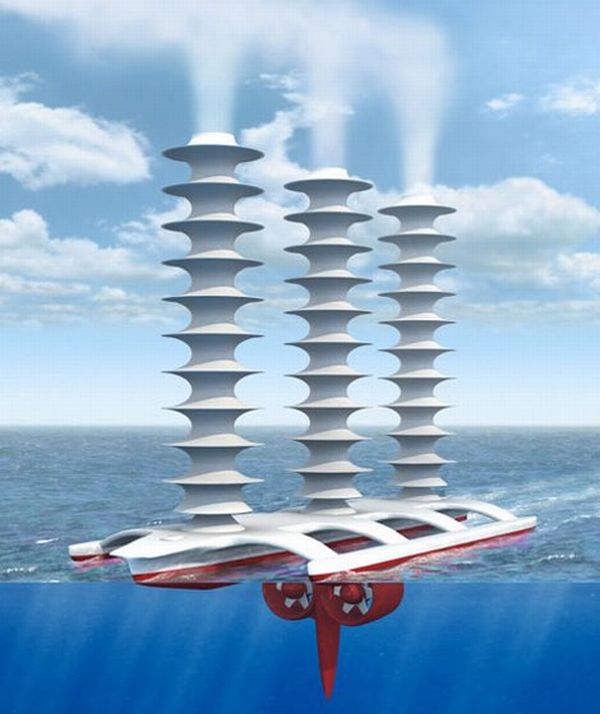
Like the volcanic eruptions, imitating the upper portion of cloud could also reflect back the solar radiation. And if the reflecting power can be increased by just 3%, global warming could be controlled, as per Stephen Salter from Edinburgh University and John Latham from National Center for Atmospheric Research in Colorado. They further are of opinion that a fleet of 1500 wind-powered boats which spray 50 cubic meters of water droplets per second could be used for the above purpose.
Build Fake Trees
Another proposal is to create artificial trees that could suck carbon dioxide from atmosphere as envisioned by Klaus Lackner from University of Columbia. The tree will consist of panels made of an absorbent resin, which will convert carbon dioxide in the air to a solid state.
Enhanced weathering
Here, the natural process of carbon dioxide removal from air by weathering, or dissolution, of carbonate and silicate soils is enhanced by artificially pouring of silicates to certain soils.
Solar Radiation Management
The idea here is to reduce heat from the sun rather than focusing on fossil-fuel pollution. As mentioned in reports, these techniques may result in big environmental problems, and hence the technology is less preferable than other carbon dioxide removal strategies.
Cloak protects glacier from sun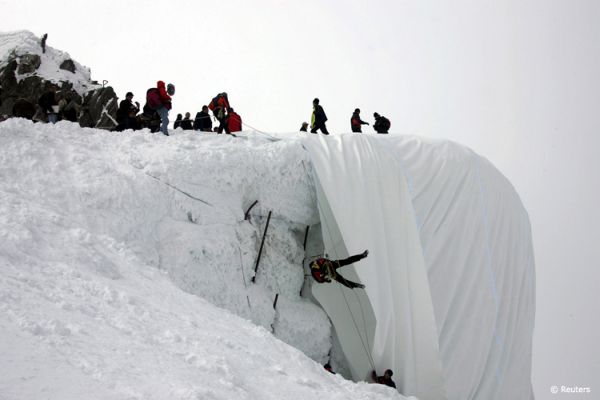
Now, a reflective foil like sheeting to protect the melting glaciers (such as the Gurschen glacier) can be a reality. Already there are reports that some workers at a Swiss ski resort have covered a part of melting glacier in reflective sheeting to protect it from heat.
Stratospheric aerosols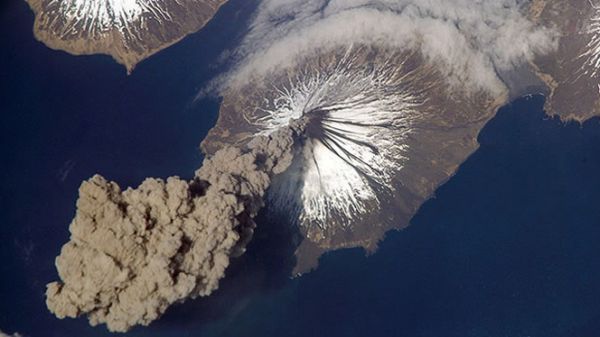
This involves injecting white particles of sulphate into the stratosphere to reflect sunlight. It’s said to be feasible and effective to reduce temperature. This technology has its own risk of changing or interfering with rainfall patterns.




